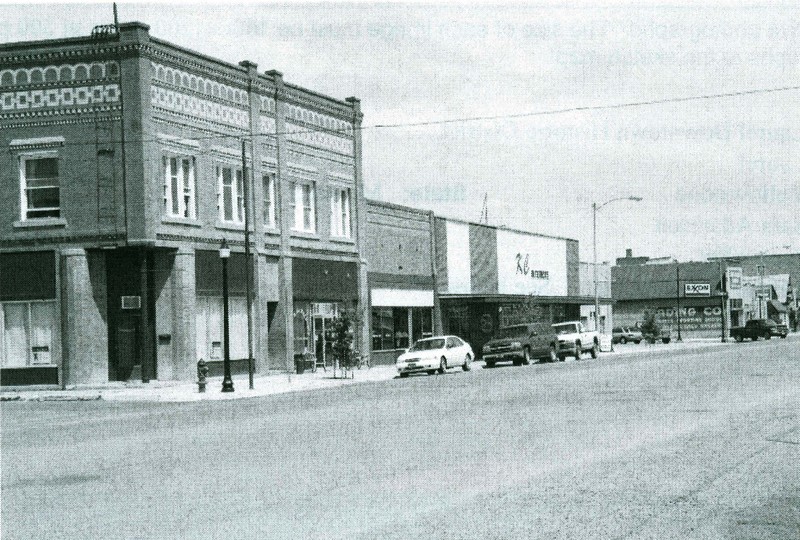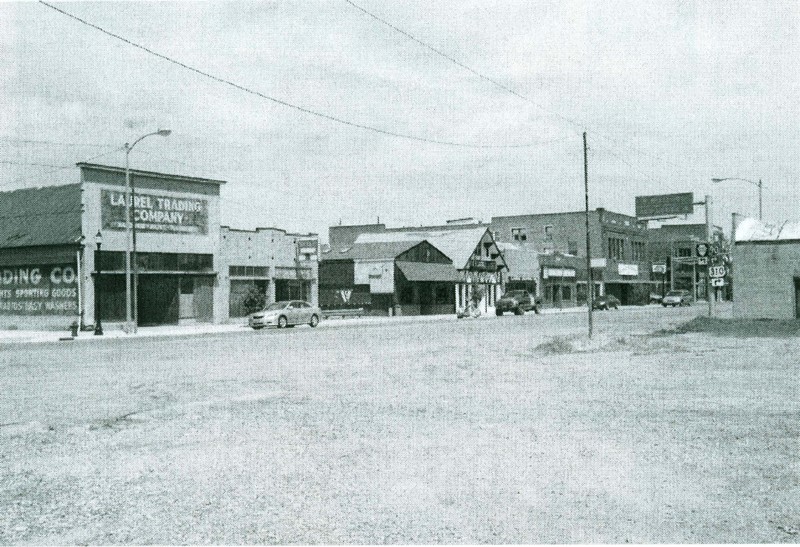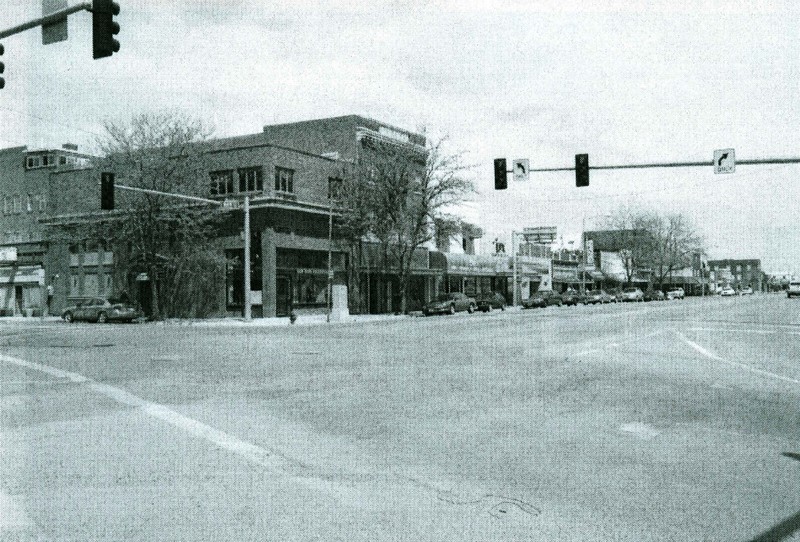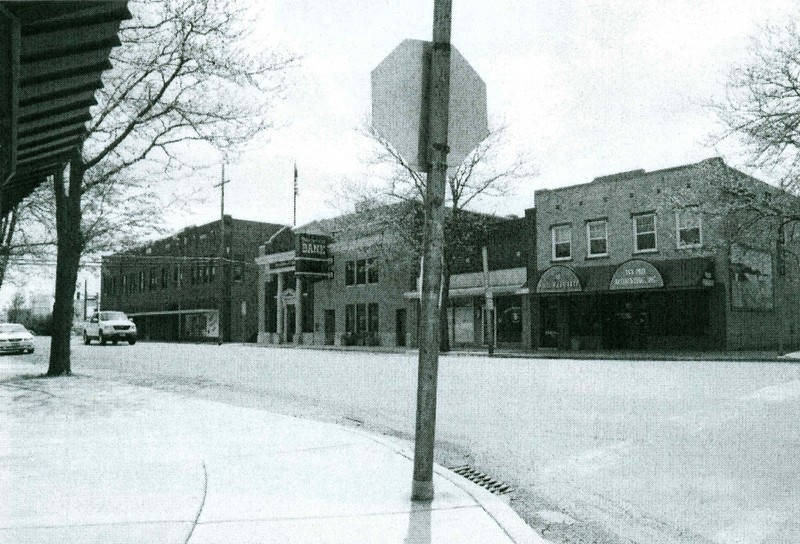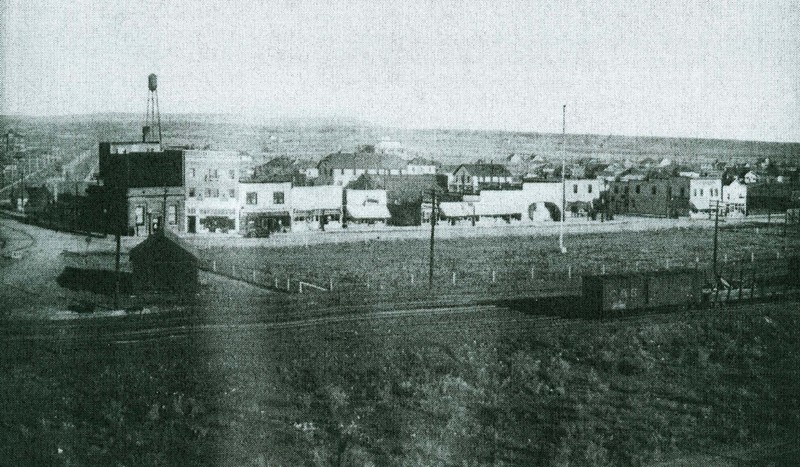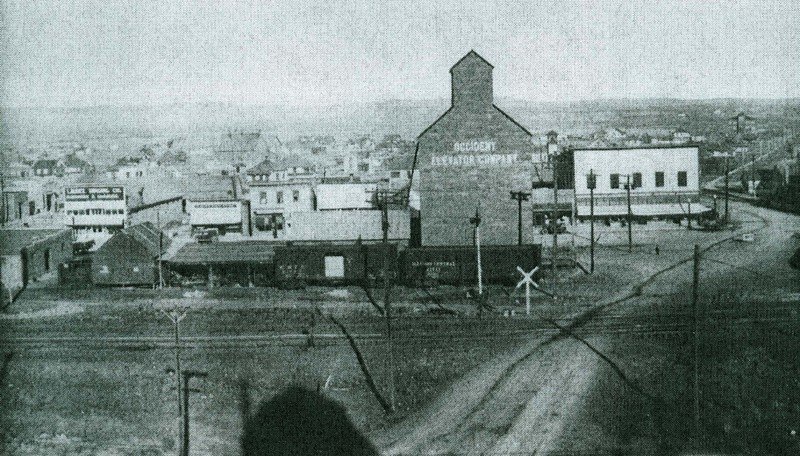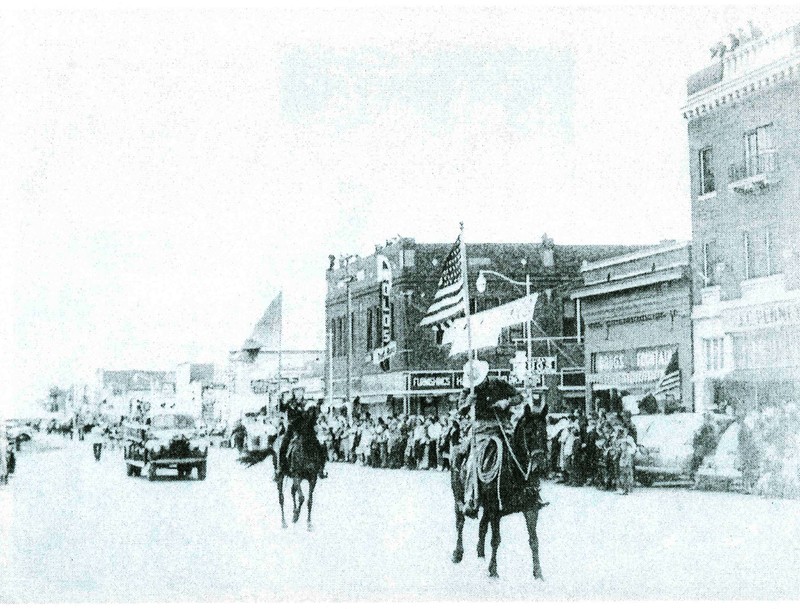Laurel Downtown Historic District
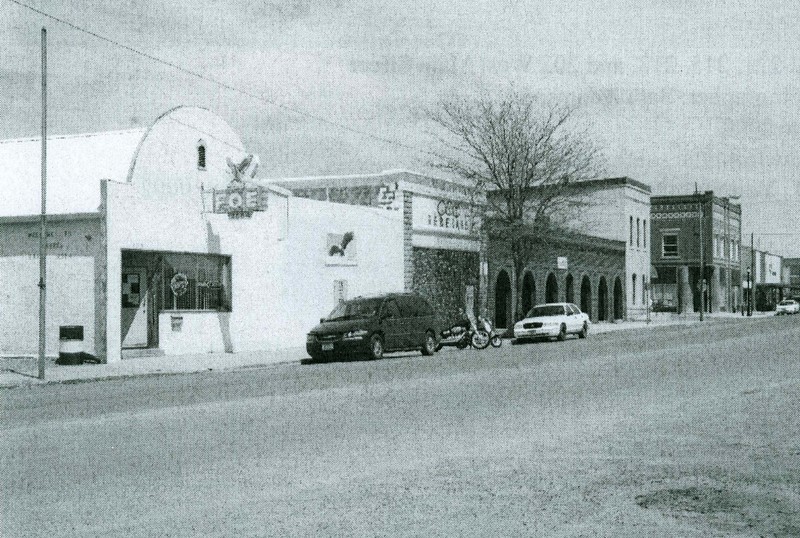
The Northern Pacific Railroad steamed through the Yellowstone Basin in 1883, passing the small agricultural community of Carlton. The town was renamed Laurel, and a post office opened there in 1886. When the Rocky Fork Railroad, an affiliate of the Northern Pacific, built a branch line to Red Lodge in 1889, it platted a new townsite at the junction nearby and Laurel residents relocated. The new Laurel was laid out as a typical railroad T-town; businesses sprang up along Main Street, parallel to the tracks. The railroad and a sugar beet processing plant helped assure permanency, and in 1906, Laurel incorporated. The Laurel Sentinel proudly invited the world to “watch Laurel grow” while boosters urged investors to come to Laurel where “a sure thing” awaited them. By 1914, the Northern Pacific; Chicago, Burlington and Quincy; and the Great Northern railroads converged at Laurel. The town became the leading terminal between St. Paul, Minnesota, and Seattle, Washington. From 1910 to 1920, Laurel’s population nearly tripled. An oil refinery, built in 1929, added a third industry to railroads and agriculture, bolstering the economy during the depressed 1930s. Laurel’s downtown evolved accordingly, stretching to the east and west, spanning the period from 1906 to 1960. The district’s architectural patterns visually document Laurel’s evolution. Early boomtown false fronts represent the heart of the district. Western Commercial style brick storefronts and architect-designed business blocks illustrate the town’s emerging stability. Post-World War II modern structures at the district’s edges underscore how transportation, industry, and agriculture continued to fuel local commerce.
Images

